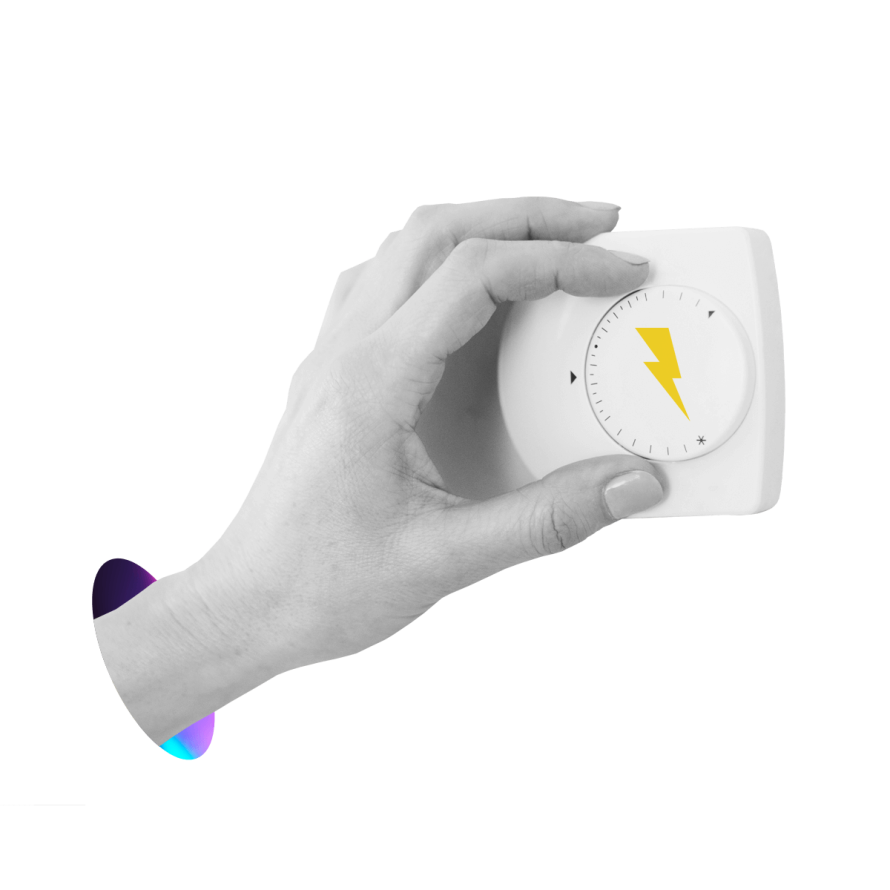Filters
Content Type
Topics
Elevating Your Agency, Part Two: From Bespoke Tailoring to Turnkey Solutions
In part one of this series I covered the need for digital agencies to stand out to thrive, and how one path to elevation is to evolve their practices from tech implementation to strategic business partners. This lets them engage clients earlier in their thought process — helping them understand how to define success in the first place and what resources they’ll need to succeed in addition to technology, etc. In turn, they can command more value.
But that’s not for everyone. Many agency owners may feel more authentic leaning into development and automation vs higher-level consulting. For them, another path forward is to build a more complete turnkey solution that “just works” and can be delivered quickly and sustainably at scale.
From Building Sites to Developing Products
Building something turnkey almost lets you run like a SaaS business if you do it right. I say almost because I’ve seen people run into trouble trying to build around a pure-software zero-interaction model. We all like the idea of making money while we sleep, but it turns out that a lot of clients still really like to talk to someone, and building something fully self-service can be significantly harder than creating a super-quick turnkey implementation process.
Image

What the turnkey model unlocks is scale. You can target many more customers, but most importantly you can change the whole business model. Agencies that move in this direction often shift to a monthly or annual subscription, and their clients appreciate the predictability of a flat-rate solution cost. WebMD Ignite (which started way back as a digital agency) does this today as part of its delivery model for a holistic healthcare system solution.
There are lots of nobs and dials for this sort of business. Monthly, quarterly, or annual billing, plus the potential. A set-up fee or not based on how much work goes in upfront, and the expectations of your target customer. But any way you slice it, compared to billing for your time directly, switching to recurring revenue can be truly transformational.
That said, this path means more upfront work. It’s not something you’re likely to make happen as a side project. While you can develop some reusable parts or a good proof of concept alongside your traditional client work, you’ll need full-time focus to get something complete enough to sell. You’ll also need to rethink how you manage releases and updates — something we’ve helped many customers with at scale — as well as re-positioning how you promote yourself and the value. People often re-brand (or create a brand for the new digital product) as part of this process.
There’s also the long-term cost of customer support; because this model will allow you to serve orders of magnitude more people, you’ll need to invest in the ability to be responsive at scale. And don’t be surprised if their expectations for quality are as high or higher than what you’re used to from client-facing project work. Customers paying a few hundred dollars a month expect just as prompt service from their providers as clients working off a hundred thousand dollar retainer, and since you’ve sold them a solution (not a relatively high-touch process where they feel like they’re the author), they kind of expect it to be perfect out of the box.
From “Requirements Gathering” to “Needs Assessment”
The choice between moving towards strategic consulting or product development isn’t really a black-and-white fork in the road. I’ve seen agencies that lean heavily into the strategic path speed up delivery and improve efficiency by leveraging reusable frameworks and recipes for common patterns in implementation. I’ve also seen folks build an 80% complete solution that they customize to meet a client’s needs using a really routinized (but still value-based) business assessment process.
Image

That said, the first path is more client-facing. It augurs for a smaller number of higher-value relationships, with more of an enterprise flavor. That doesn’t mean you can’t make it efficient, or you only have to work with big companies, but it does mean developing that practice to engage people around their high-level goals in a long-term process, from which everything else flows.
Going turnkey is about getting customers value as quickly as possible, and then letting them mostly self-serve from there. But unlike a “launch ‘em and leave ‘em” model, you maintain the solution and provide customer service, and get to enjoy recurring revenue as a result.
In either case, the fundamental distinction is the shift in your role from fulfilling a vision that originates with the client to taking the lead and putting them on the path to success. In both cases, it’s the difference between taking orders and prescribing solutions. But how you go about doing that has serious implications for how you think about growing, staffing, and operating your business.
In our third post about exploring patterns for elevating your practice, we’ll get into how agencies that want to continue to compete and win on technical expertise can build upon their foundational capability with CMS implementations to stand out from the crowd and create a higher-value offering.


